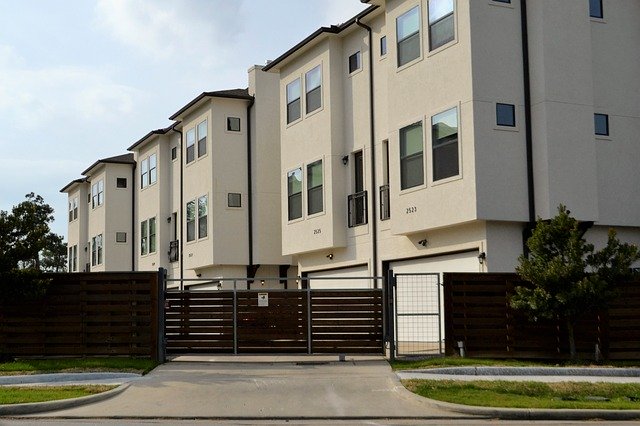Updated on July 1, 2021
Caps Rent Hikes
California has passed a statewide bill affecting the residential rental market. As of January 1, 2020, Assembly Bill 1482 (the “Bill”), aka the Tenant Protection Act of 2019, effectively caps rent hikes across all of California and permits evictions only “for cause”. Although the politicians behind the Bill refrained from calling the Bill “rent control,” the Bill’s impact is essentially rent control. The Bill covers California cities that do not already have their own rent control laws, and expands on already existing rent control laws. The following is a general overview of the Bill.
Is Property Subject to Rent Control?
The Tenant Protection Act extends to residential properties not already under rent control and that are at least fifteen years or older. It’s a rolling coverage. Meaning, for this year, the Bill covers residential rentals built in or before 2005. Next year, the Bill will cover rental buildings built in or before 2006. 2022 will cover buildings built in or before 2007, and so forth. Similar to local rent control laws, the Bill applies to apartments and/or multifamily buildings, but generally excludes condominiums and single-family housing.
Landlord Tenant Protection Act
The focus of the Tenant Protection Act limits yearly rent increases to five percent, plus local inflation, and caps total increases to 10 percent. Although the Bill took effect as of the beginning of this year, it applies retroactively to March 15, 2019. Thus, any rent increase imposed by landlords after March 15, 2019, must abide by the rent hike limitations of the current Bill. The rate of inflation is tied to the Consumer Price Index (“CPI”). For Los Angeles residents, the CPI in 2019 was about 3.1 percent. A link to CPI charts for other metropolitan cities in California is here.
Eviction Protection Law for Tenant
The Bill’s other primary focus allows landlords to evict “for cause” only. This is very much uniform to the “for cause” evictions found in local rent control laws. For example, a tenant’s failure to pay rent, or the violation of other lease provisions, are causes for eviction. Under the Bill, landlords can no longer evict tenants without a proper reason. Similar to rent control laws, if the landlord wants to move into the rental unit or take the rental unit out of the rental market for redevelopment purposes, then the landlord would have to pay relocation fees.
As mentioned above, cities already under rent control will not be significantly impacted by the new Bill as long as the existing local laws do not conflict with the Bill. In Los Angeles County, the cities with already existing rent control laws include Beverly Hills, Culver City, West Hollywood, Santa Monica, Inglewood, and other unincorporated neighborhoods.
Our real estate attorneys at Schorr Law have a great deal of experience with real estate matters and disputes. To inquire about a free 30-minute consultation, and to see if you qualify for one, contact us today!
Related Post: Can Landlords Evict Tenants Before Coronavirus Ends?
